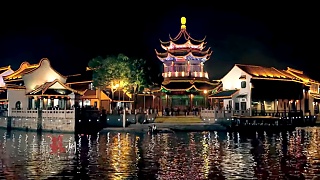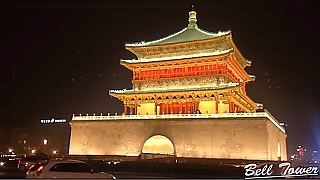With Little Chinese Everywhere ...
[640],shadow=true,start=560,stop=Bonus film - with A German In China ...

Live more ...
 The awesome karst mountain scenery of GuangXi province
The awesome karst mountain scenery of GuangXi provinceWith Little Chinese Everywhere ...
[640],shadow=true,start=560,stop=Bonus film - with A German In China ...


|
Awesome traditional craft skills; beautiful.
With XiaoXi's Culinary Idyll 我们的小喜 ...
|

|
WuZhen, 乌镇, lies not far from ShangHai, where this film starts, and also HangZhou and SuZhou, in ZheJiang province (on the east coast, south of ShangHai)).
|

|
|

|
Max Blumenthal and Ben Norton talk with economist Michael Hudson.
Don't miss it ...
|

|
With Walk East ...
|

|
With The New Atlas ...
Anti-China proxy war also in Pakistan ...
|

|
With Wei's Travel ...
Bonus films - with FunFancie ...
|

|